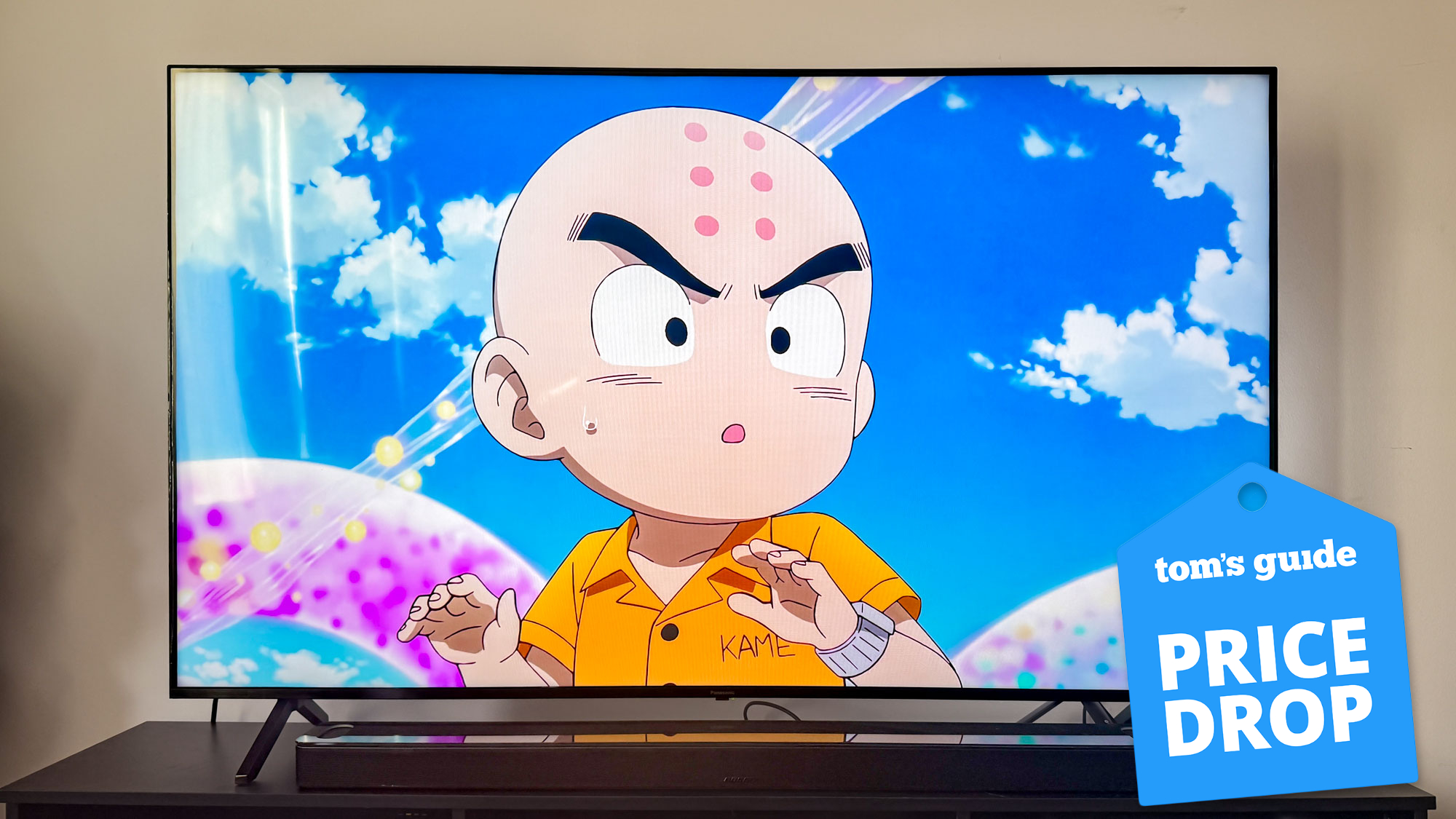How to make a small room look bigger — 9 space-saving tricks
Maximize your small living space with these clever tips and tricks
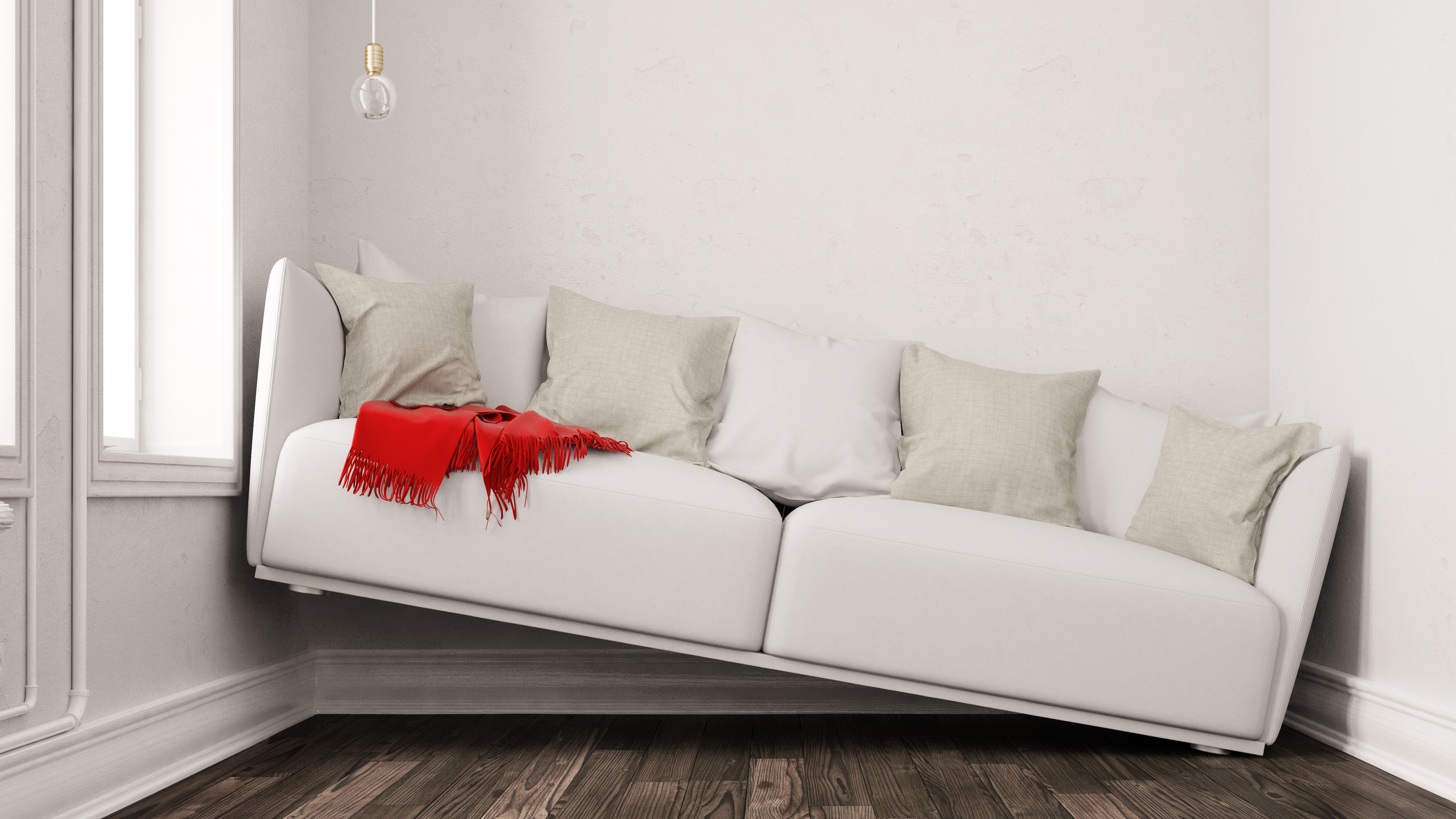
If you have a tiny room or space, you’ll need to know how to make a small room look bigger. It’s easy to despair at compact spaces, especially when you have more stuff than square feet. And with more city dwellers ‘micro-living’, small spaces can make designing your ideal home challenging. What's more, it limits any storage and creates clutter.
Luckily, there are some clever design solutions that will maximize your space and make your life easier. So, whether you live in a tiny, studio apartment or your home office is a little cramped, here are some space-saving solutions to buy you extra room.
Before you do, avoid these 9 decor mistakes that are making your home look smaller. Plus, I write about home decor for a living — 7 design tips I swear by.
How to make a small room look bigger
1. Declutter
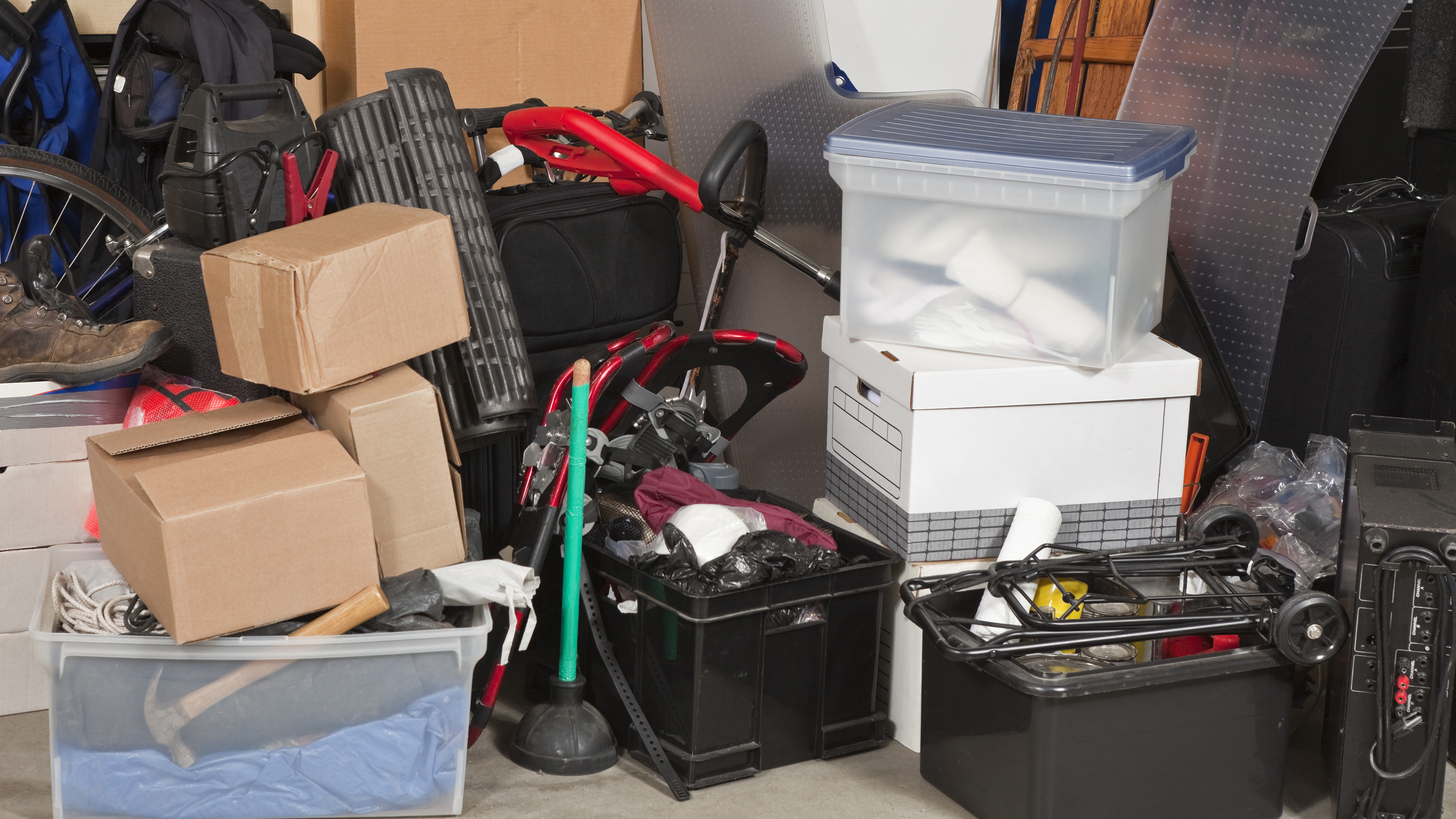
First things first, get rid of the clutter. This may sound easy enough, but it's hard to do. After all, how many of us hold on to 'important' stuff that often accumulates, taking up valuable floor space? Channel your inner Kondo, and focus on keeping things tidy, organized and minimalist.
"All you need to do is take the time to sit down and examine each item you own," states acclaimed organizing consultant, Maria Kondo in her book, To Spark Joy In Your House. "Decide whether you want to keep or discard it, and then choose where to put what you keep." Once you declutter, you’ll be amazed at how much space you actually have and can work with.
Also check out our guide to decluttering your home with 5 easy tips.
2. Utilize corners and install built-ins
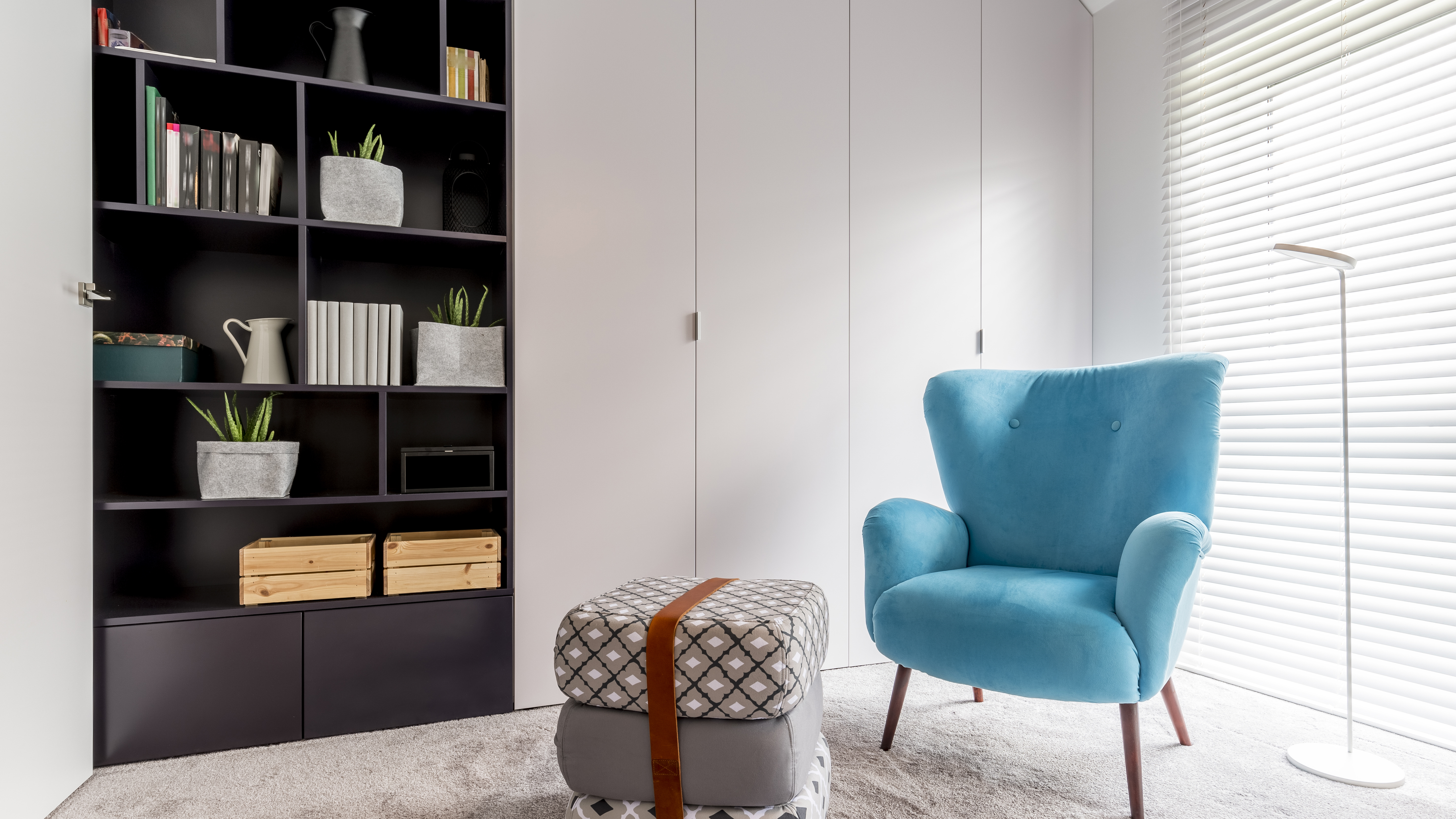
Corners can seem a waste of space if not used properly. Whether it be an L-shaped sofa, TV cabinet or shelf, these 'corner' designs can fit neatly into the room and save you space. If you have awkward wall recesses, install built-in shelves to display books or favorite items. Built-in wardrobes or vertical cabinets can give you extra storage space without having a chunky piece of furniture protruding into the room.
Get instant access to breaking news, the hottest reviews, great deals and helpful tips.
"If you are having built-in storage then consider sliding doors where possible as you can still open them even when there is a chair in front," advises Kate Watson-Smyth, Interiors Writer, "Push close doors that don’t need handles will also create a more streamlined look as will flat fronts."
3. Paint your ceilings and walls white
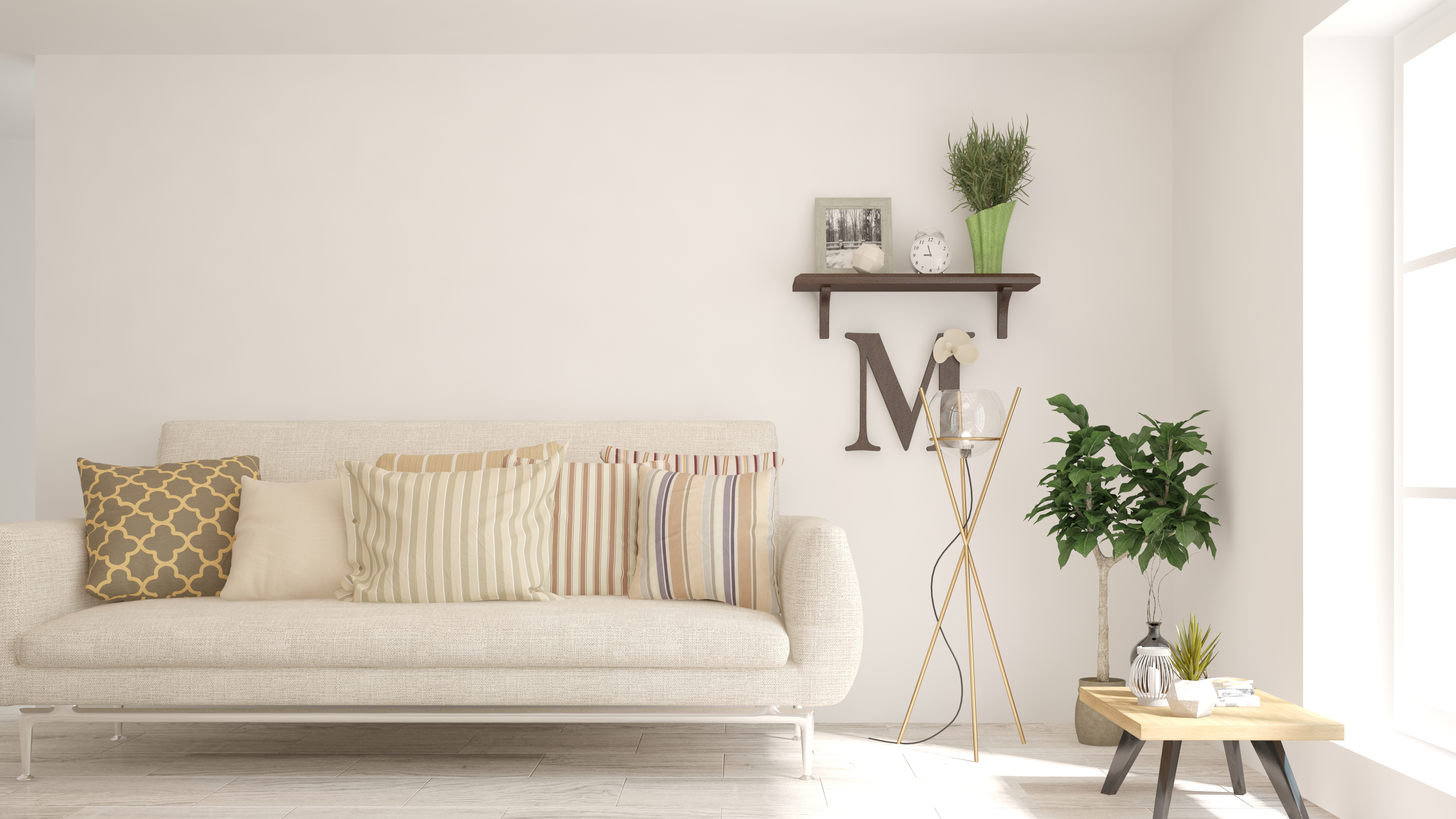
Another popular trick is the use of neutral colors on your walls, floor, ceiling, skirting and furniture upholstery. Tones like off-white or beige gives the illusion of opening up the space and can also brighten a room by reflecting light. Dark colors in a small space absorbs light, making the room feel smaller. However, you could always add splashes of bold color with soft furnishings or wall art, so it doesn’t feel too clinical and bland.
4. Mirror magic

This is the oldest trick in the book on how to make a small space look bigger. Large mirrors, and glass doors work well to reflect light, and one of the best ways to instantly make your tiny space feel open and airy. It’s always best to position opposite a window so the natural light will bounce off it.
"Mirrors are a great way to create instant depth and expansiveness," agrees Abigail Aherne, Interior Designer. "Placing a mirror behind a candle, a pendant light, or a bedside lamp will help to maximize the light’s reach while creating an almost magical effect."
If you don't have a mirror, any reflective surface such as stainless steel, glass and metallic accessories will do the job.
5. Mount floating shelves or storage

Furniture doesn’t always have to be on the ground. Depending on how strong your walls are, you can wall mount floating wall shelves, cabinets, televisions or TV consoles to free up valuable floor space. For home offices, hanging smaller things on wall-mounted rails can be handy, as you’ll have more desk space making it less cluttered. Just don’t forget to check what’s behind the wall before you start drilling holes everywhere. Look out for wires for example and measure up properly as you don’t want to create an eyesore.
6. Make use of multi-purpose furniture

If you’d rather not hang anything up, invest in multi-purpose furniture such as storage ottomans or blanket chests. These are clever ways of hiding clutter, as well as doubling up as extra seating for your guests. If you don’t have space for a huge coffee table, invest in a nest of tables to tuck away, or comfy sofa bed if you don’t have a guest room.
7. Keep things in proportion

Maximize your room layout by scaling your furniture to fit the size of the space. There’s nothing worse than furnishings that look out of proportion. Think about the perfect sofa taking over the entire room or 3 foot-long coffee table that you keep knocking your legs on each time you walk around it.
"Look for sofas and chairs that have narrow arms — which means more sitting space, as well as those that have taller legs so you can see the floor underneath," advises Kate Watson-Smyth, Interiors Writer. "The more floor you see, the bigger the room feels."
Also, if your space is too compact for a conventional dining table, a circular table will take up less room.
8. No heavy curtains
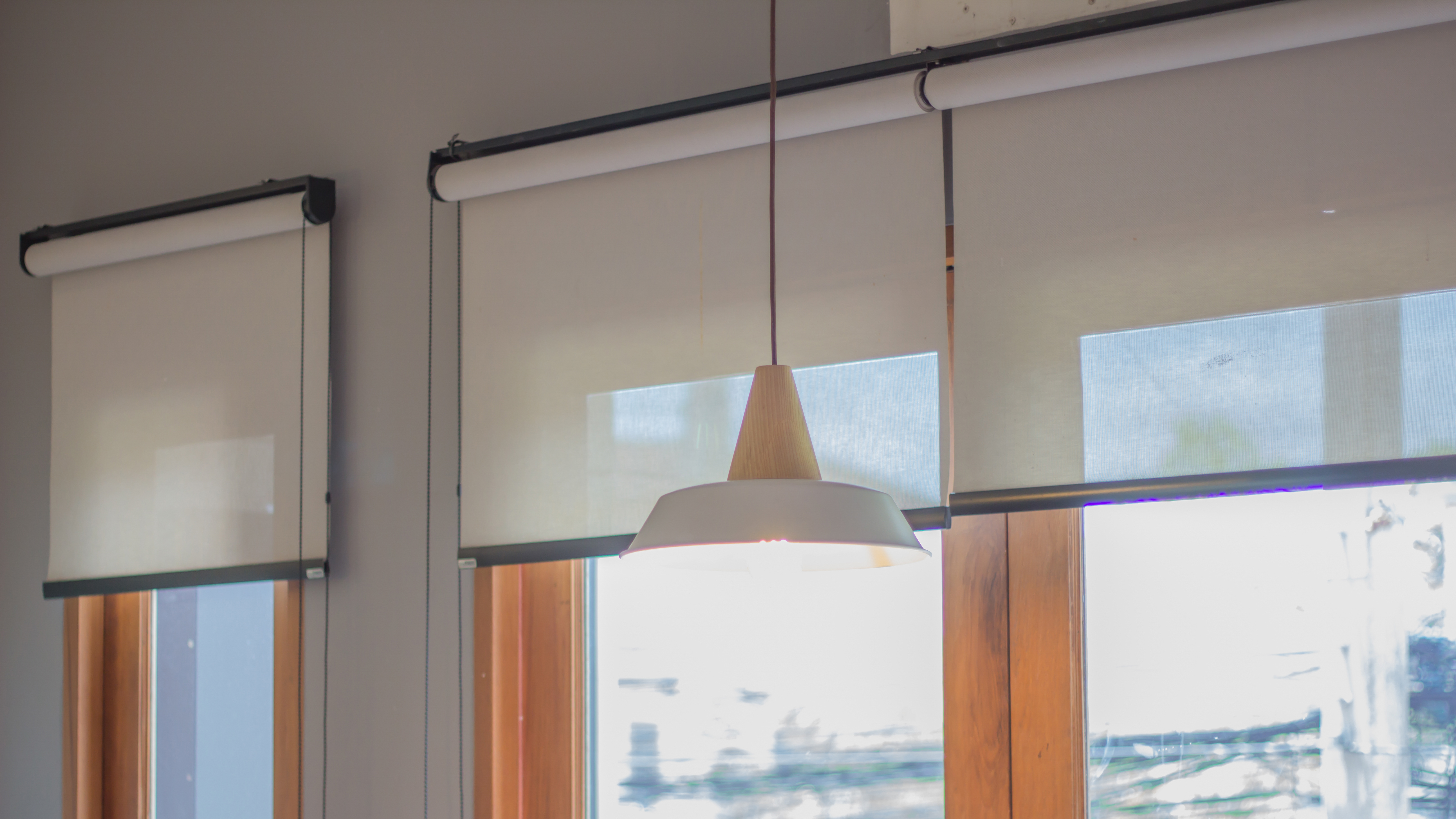
Compact spaces need as much natural light as possible, so avoid heavy or dark drapes that are bulky, and can make the room look smaller. Instead, use light window treatments such as slatted or roller blinds that you can lift up or sheer curtain fabrics.
"If you are adding drapes or curtains to a room keep them the same color as the walls," advises Abigail Ahearne, Interior Designer. "It avoids contrast and makes the room appear more seamless and cohesive."
9. Display large-scale art work instead of small

Your walls need decluttering just as much as your floor space. Be it artwork or family photos, don’t hang them all together on a busy gallery wall. Instead, just have one, large, focal painting or frame on the wall to draw attention. This will work much better than having a clustered group of smaller paintings.
And there you have it. So give these clever tips and tricks a try to see if they can transform your cramped space to charming in minutes.
You can also read our tips on how to make your guest room feel like a hotel room, 7 kitchen storage mistakes you're making right now and you can try these 9 Feng Shui bedroom tips to get a good night's sleep.

As the Homes Content Editor, Cynthia Lawrence covers all things homes, interior decorating, and garden-related. She has a wealth of editorial experience testing the latest, ‘must-have’ home appliances, writing buying guides and the handy ‘how to’ features.
Her work has been published in various titles including, T3, Top Ten Reviews, Ideal Home, Real Homes, Livingetc. and House Beautiful, amongst many.
With a rather unhealthy obsession for all things homes and interiors, she also has an interior design blog for style inspiration and savvy storage solutions (get rid of that clutter!). When she’s not testing cool products, she’ll be searching online for more decor ideas to spruce up her family home or looking for a great bargain!
